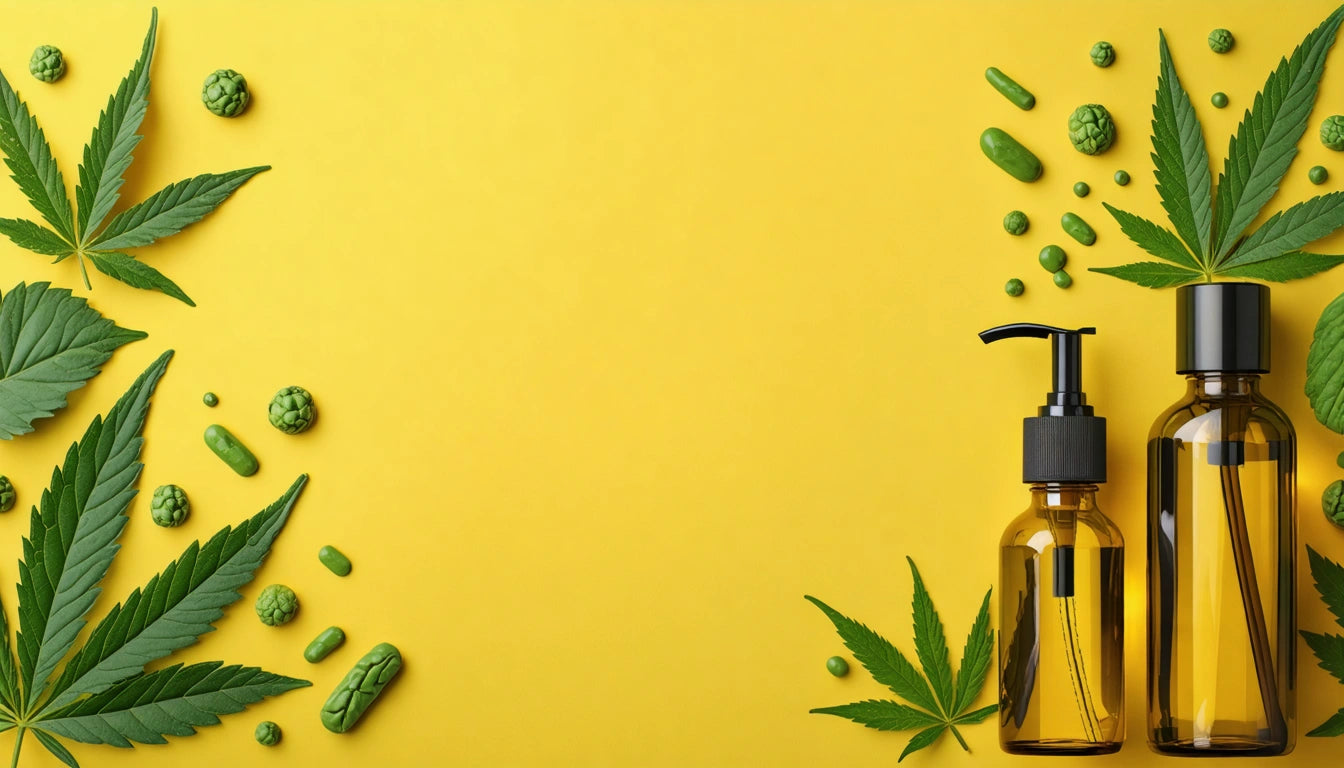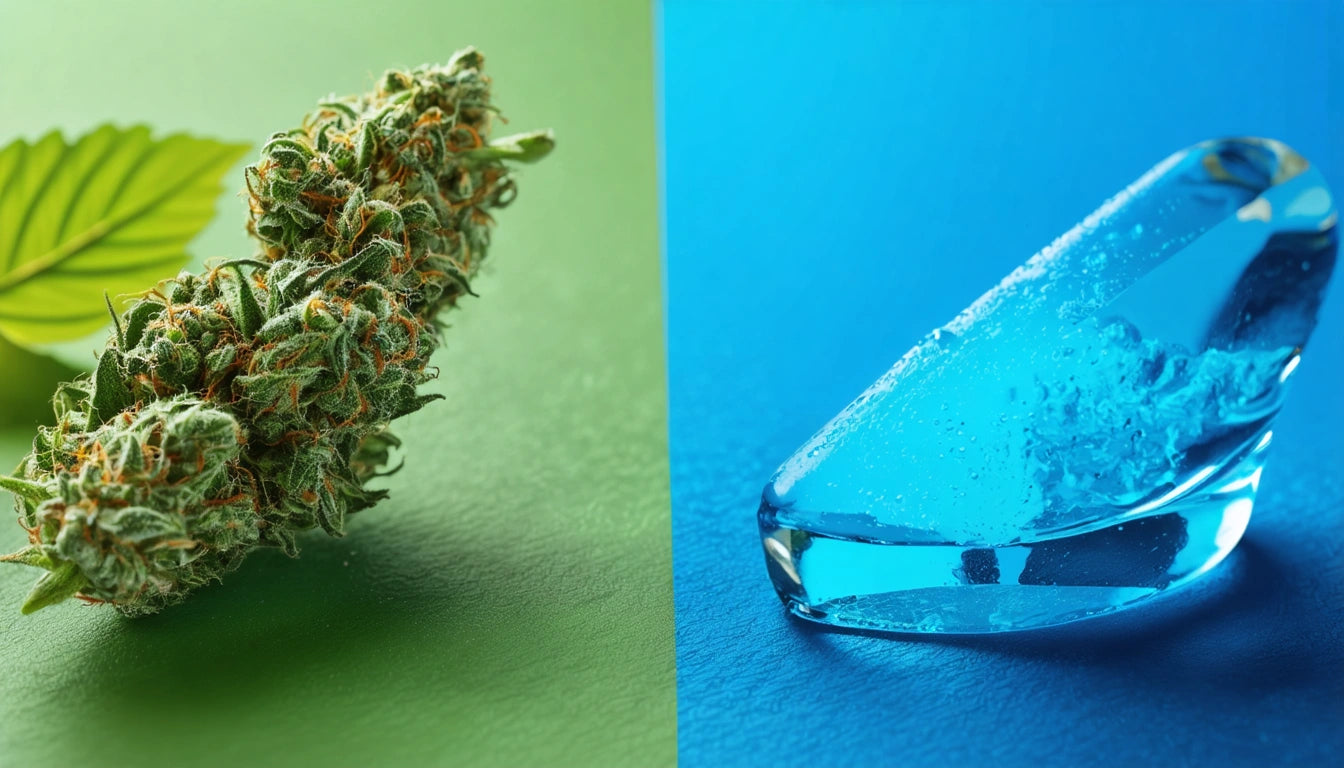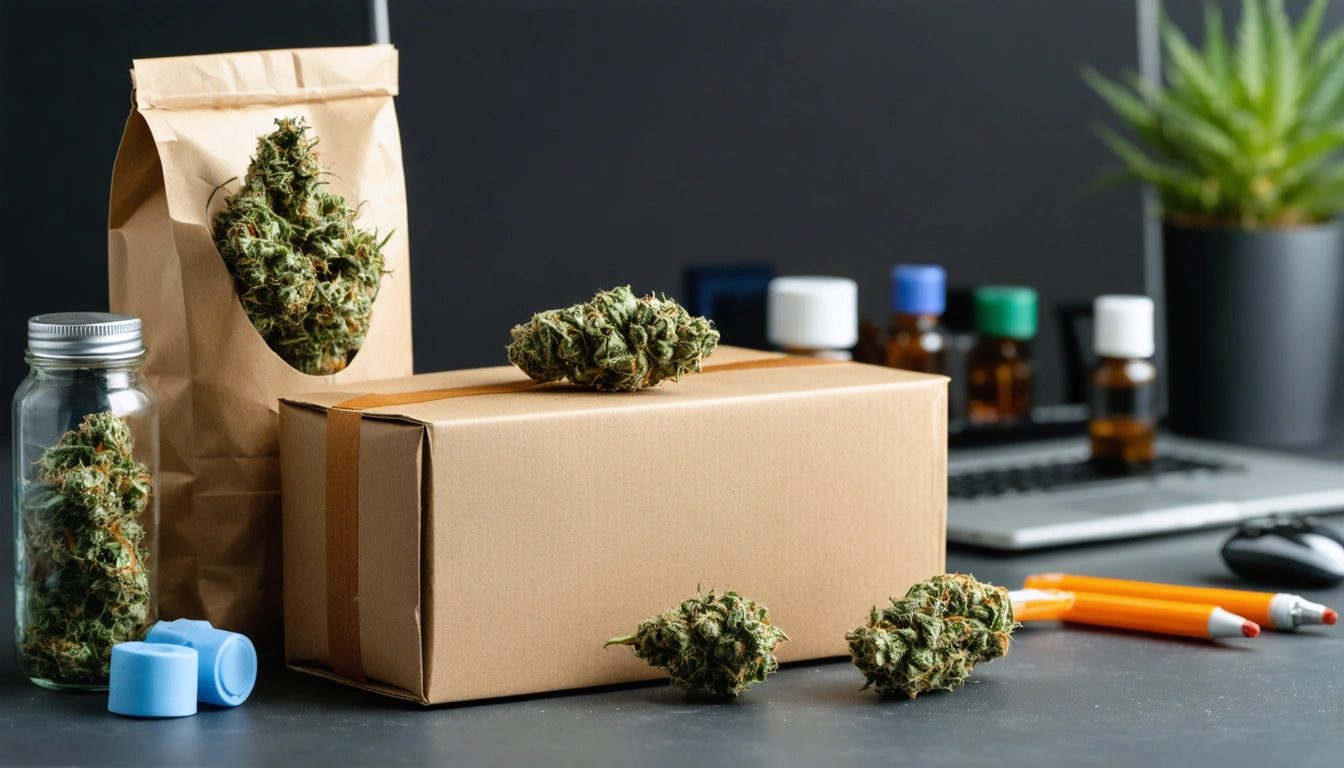How Scented Packaging Enhances Brand Memory
In the competitive cannabis market, brands are constantly seeking innovative ways to stand out on dispensary shelves. Scented packaging has emerged as a powerful tool that engages consumers on a deeper, more memorable level. By incorporating strategic olfactory elements into packaging design, brands can create stronger emotional connections and improve product recall among their target audience.
The Science Behind Scented Packaging
The connection between scent and memory is well-documented in neuroscience. The olfactory bulb, which processes smell, is directly connected to the amygdala and hippocampus, brain regions responsible for emotion and memory. This direct pathway explains why scents can trigger powerful memories and emotional responses more effectively than other sensory inputs.
Research shows that humans can recall scents with 65% accuracy after a year, while visual recall drops to approximately 50% after just three months. This makes scent a particularly valuable tool for creating lasting brand impressions in an increasingly crowded marketplace.
The Limbic Connection
When consumers encounter scented packaging, the fragrance activates the limbic system, creating an immediate emotional response. This response happens before conscious thought, making it particularly effective for establishing subconscious brand associations. For cannabis products, where terpene profiles already play a significant role in product differentiation, extending this sensory experience to the packaging creates a cohesive brand story.
Sensory Marketing Strategies for Cannabis Brands
Effective scented packaging requires thoughtful implementation that aligns with brand values and product attributes. Multi-sensory packaging creates a more immersive consumer experience that extends beyond traditional visual branding.
Terpene-Aligned Packaging
For flower products, aligning packaging scents with the dominant terpenes creates a preview of the product experience. For example, packaging for limonene-rich strains might incorporate subtle citrus notes, while myrcene-dominant varieties could feature herbal or earthy scents in their packaging.
Complementary Scent Profiles
Some brands opt for complementary scents rather than mimicking the product itself. A relaxing indica product might use lavender-scented packaging to reinforce the calming effects, while a focus-enhancing sativa could incorporate peppermint notes to suggest alertness and clarity.
Our collection of specialized mylar storage bags provides an excellent foundation for brands looking to implement scented packaging strategies while maintaining product freshness and compliance requirements.
Implementation Considerations for Scented Packaging
- Scent intensity must be carefully calibrated, strong enough to notice but subtle enough not to overwhelm
- Regulatory compliance remains essential, with scented elements clearly separate from product contents
- Shelf life of scented components should align with expected product turnover
- Material compatibility ensures scents don't transfer to products inappropriately
- Accessibility considerations for consumers with sensitivities or allergies
As research on scented packaging demonstrates, the most effective implementations are those that create a consistent sensory experience across all brand touchpoints, from packaging to retail environment to digital presence.
Case Studies and Success Stories
Several forward-thinking cannabis brands have successfully implemented scented packaging strategies with measurable results. One premium flower brand incorporated subtle terpene-matched scents into their jar lids, reporting a 34% increase in customer recall and a 22% increase in repeat purchases within six months of implementation.
Another edibles manufacturer used chocolate-scented packaging for their infused truffles, creating an anticipatory experience that enhanced perceived flavor and increased social media mentions by 47% compared to their previous packaging.
Measuring Scent Marketing Effectiveness
Quantifying the impact of scented packaging requires both traditional metrics and specialized research approaches. Brands implementing olfactory marketing strategies should consider:
Quantitative Metrics
Track changes in key performance indicators after implementing scented packaging, including:
- Brand recall rates in consumer surveys
- Time spent examining packaging in retail settings
- Conversion rates from browsing to purchase
- Repeat purchase frequency
- Social media engagement metrics
Qualitative Research
Supplement quantitative data with qualitative insights through:
- Focus groups exploring emotional responses to packaging
- In-depth interviews about the unboxing experience
- Sensory mapping exercises with target consumers
- Retail partner feedback on customer interactions
The Future of Olfactory Branding in Cannabis
As cannabis packaging technology evolves, we anticipate several emerging trends in scented packaging. Interactive elements that release scents upon specific consumer actions, such as opening a compartment or scanning a QR code, create memorable moments of discovery. Additionally, personalized scent profiles based on consumer preferences represent the next frontier in customized cannabis experiences.
Sustainability concerns are also driving innovation, with biodegradable scent encapsulation technologies replacing traditional petroleum-based options. These eco-friendly alternatives allow brands to maintain their sensory marketing strategies while reducing environmental impact, aligning with the values of many cannabis consumers.
The integration of scented packaging with digital experiences creates powerful omnichannel marketing opportunities. Imagine a consumer scanning a package to access online content while simultaneously experiencing a coordinated scent release, creating a truly immersive brand interaction that bridges physical and digital realms.
As competition in the cannabis industry intensifies, the strategic implementation of scented packaging offers brands a compelling way to create memorable, emotionally resonant experiences that drive consumer loyalty and differentiation in an increasingly crowded marketplace.











Leave a comment
All comments are moderated before being published.
This site is protected by hCaptcha and the hCaptcha Privacy Policy and Terms of Service apply.